

This guide provides a comprehensive overview of grub screws, covering their types, applications, advantages, and disadvantages. We'll explore different materials, sizes, and installation techniques, ensuring you have the knowledge to select and use grub screws effectively in various mechanical applications. Learn how to choose the right grub screw for your specific needs and avoid common mistakes.
Grub screws, also known as set screws, are small, headless screws used to secure components together. Unlike traditional screws with a head for a screwdriver, grub screws are driven into place using a hex key (Allen wrench) or similar tool. They are typically used in applications where a low profile and high clamping force are required. The simplicity of design allows for secure fastening in tight spaces.
Grub screws are available in various materials, each offering unique properties:
The point style of a grub screw affects its holding power and application:
Grub screws are available with different drive types:
Selecting the appropriate grub screw involves considering several factors:
Proper installation is crucial for the effective performance and longevity of grub screws. Over-tightening can damage components, while under-tightening can lead to loosening and failure. Always refer to the manufacturer's specifications for recommended torque values. Using a torque wrench is recommended for precision and consistent tightening.
Grub screws find widespread use in various industries and applications, including:
| Advantage | Disadvantage |
|---|---|
| Compact design, suitable for tight spaces | Can be prone to loosening under vibration |
| High clamping force | Requires a specialized tool for installation (hex key) |
| Variety of materials and point styles available | Potential for galling or seizing if not properly lubricated |
This guide provides a foundational understanding of grub screws. For specific applications and more detailed information, always consult relevant engineering specifications and manufacturer data sheets. Remember to always prioritize safety and proper installation techniques when working with fasteners. For high-quality grub screws and other fasteners, consider exploring suppliers like Hebei Muyi Import&Export Trading Co.,Ltd.

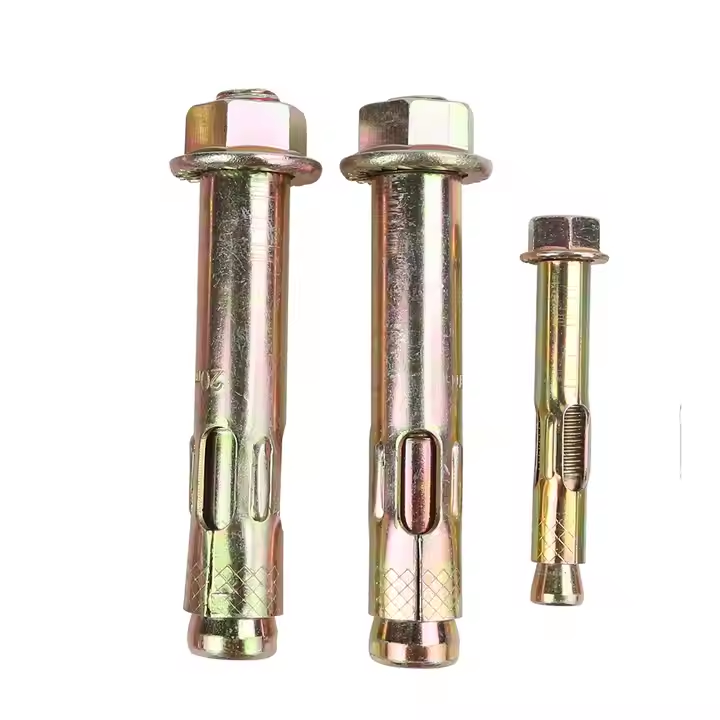
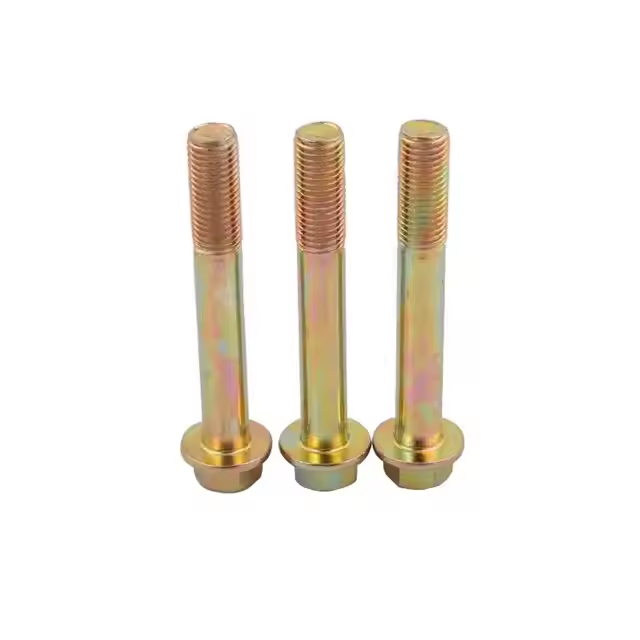
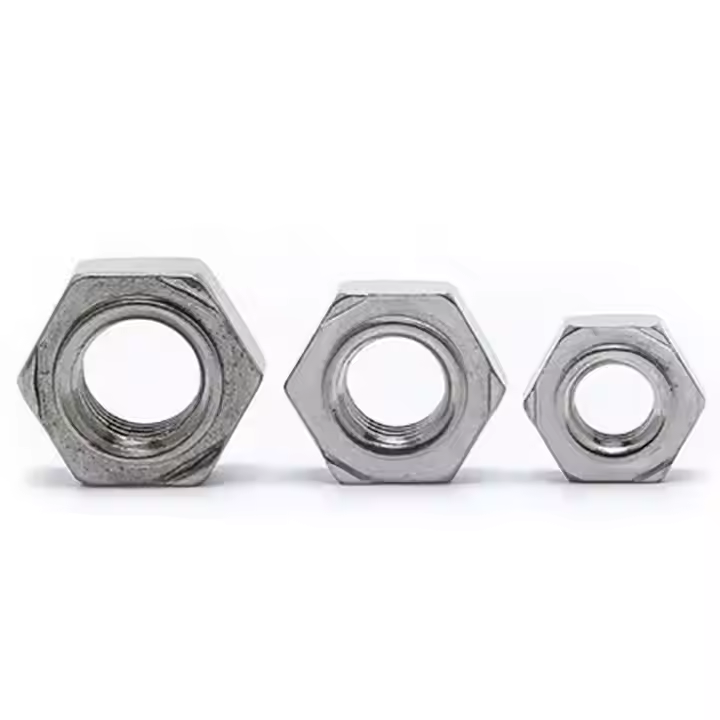
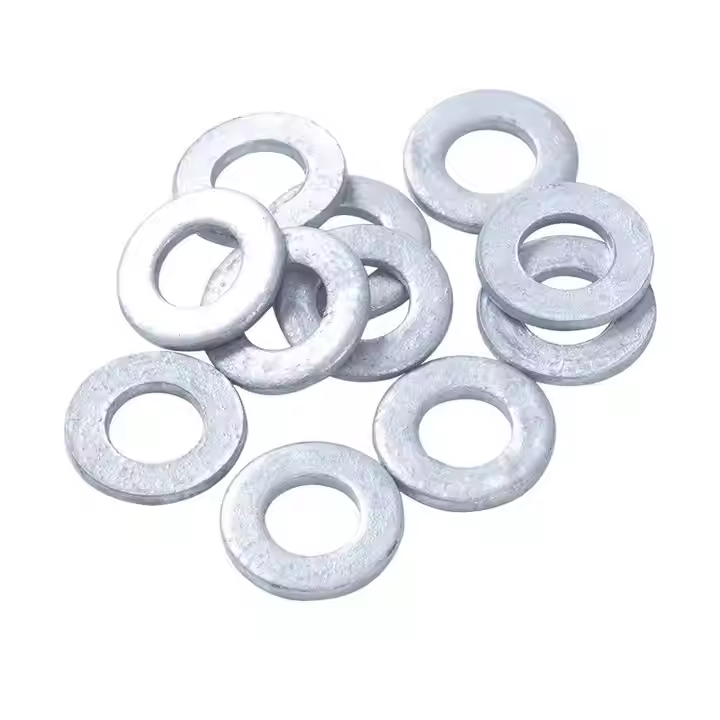
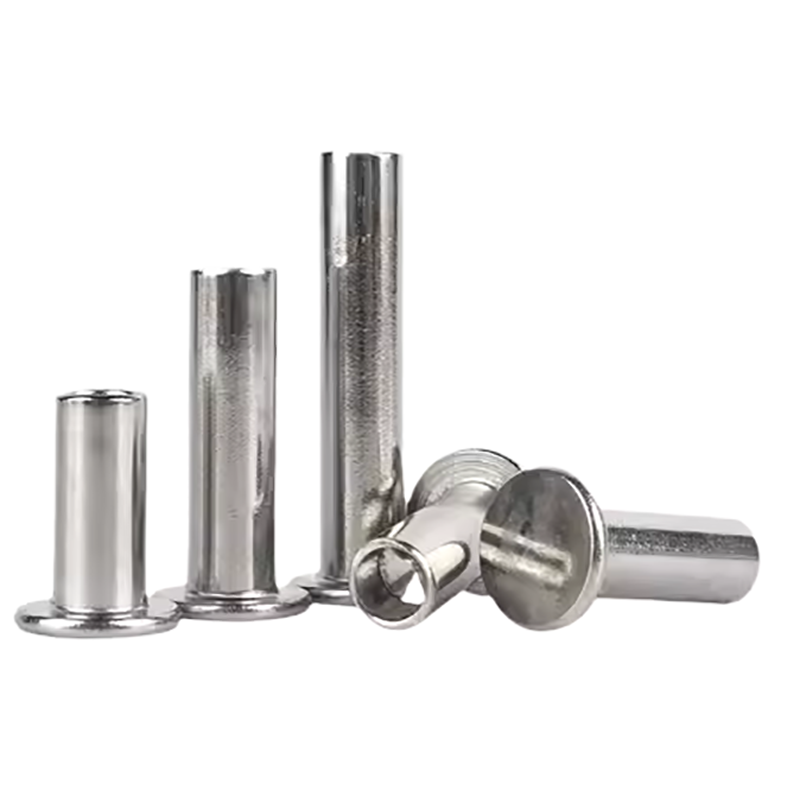
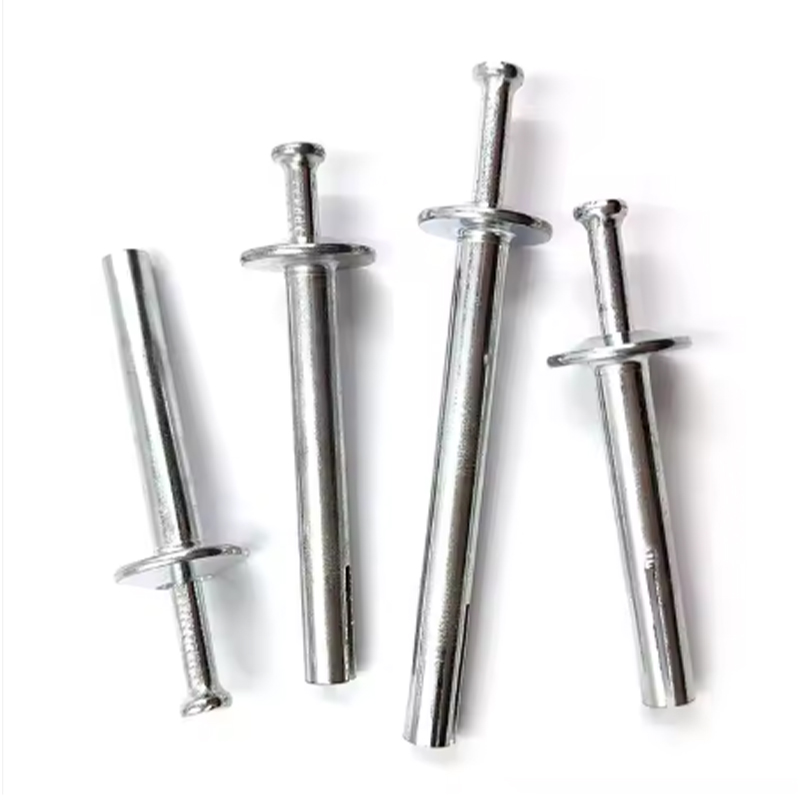

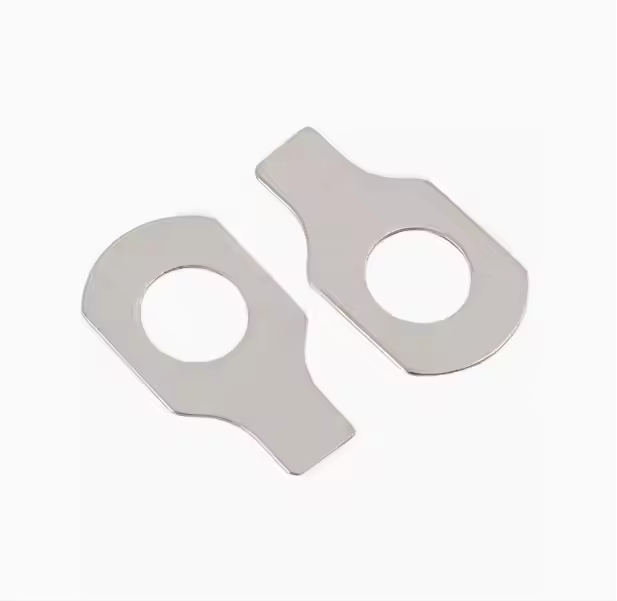
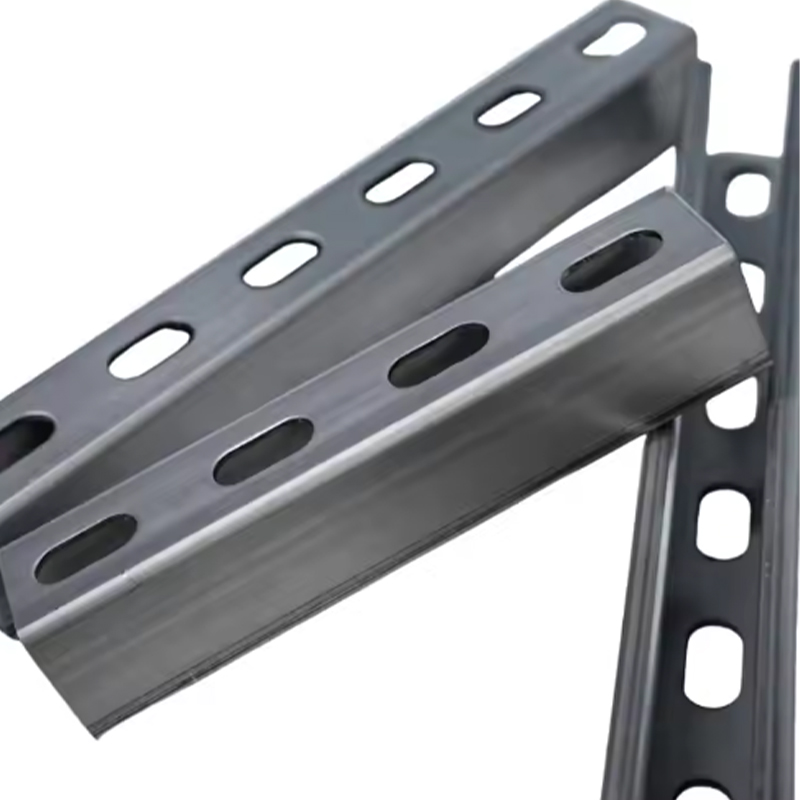
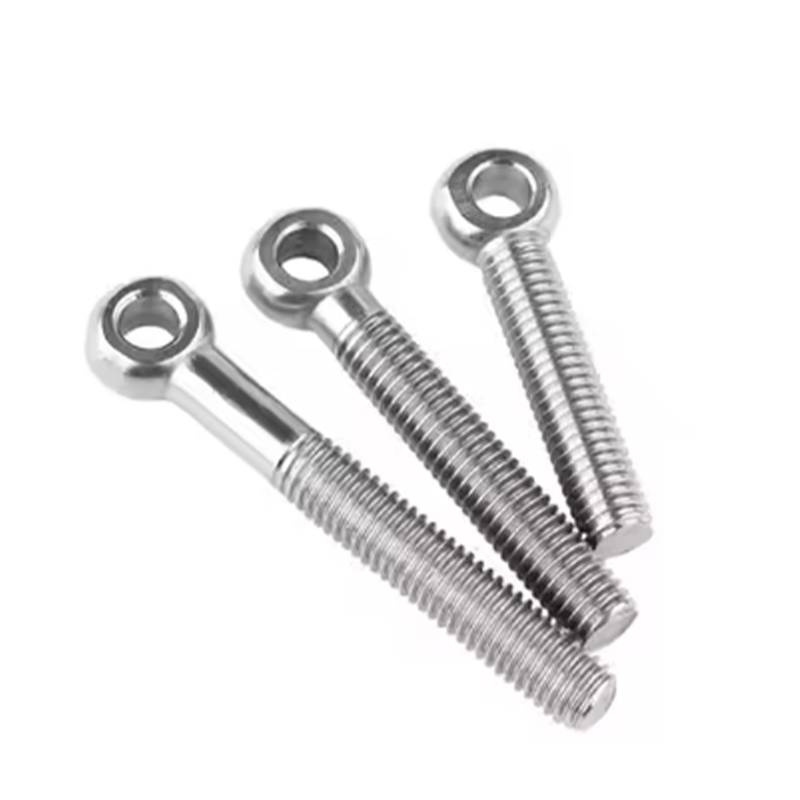
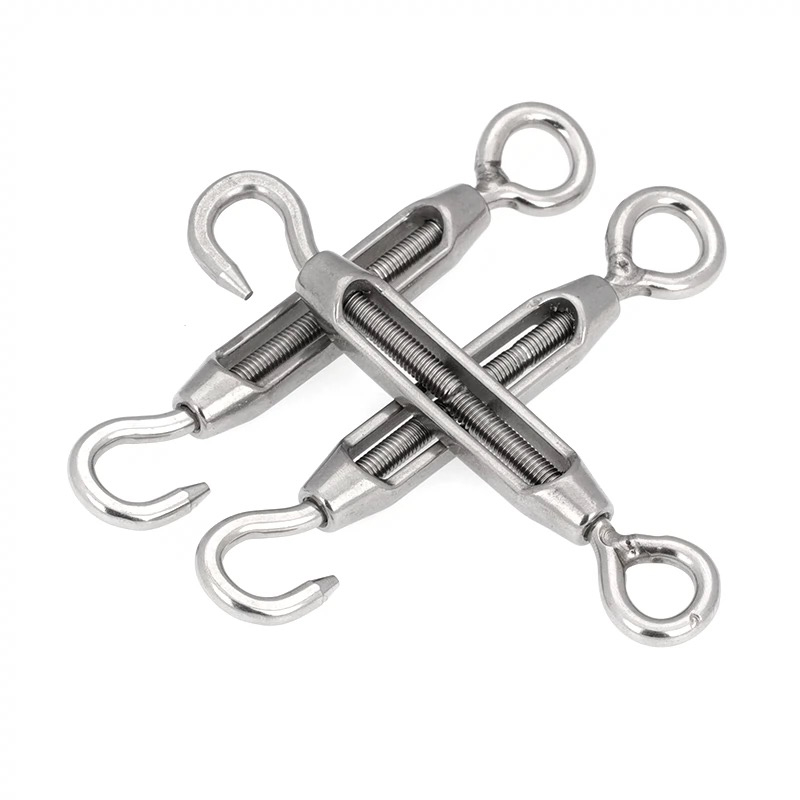
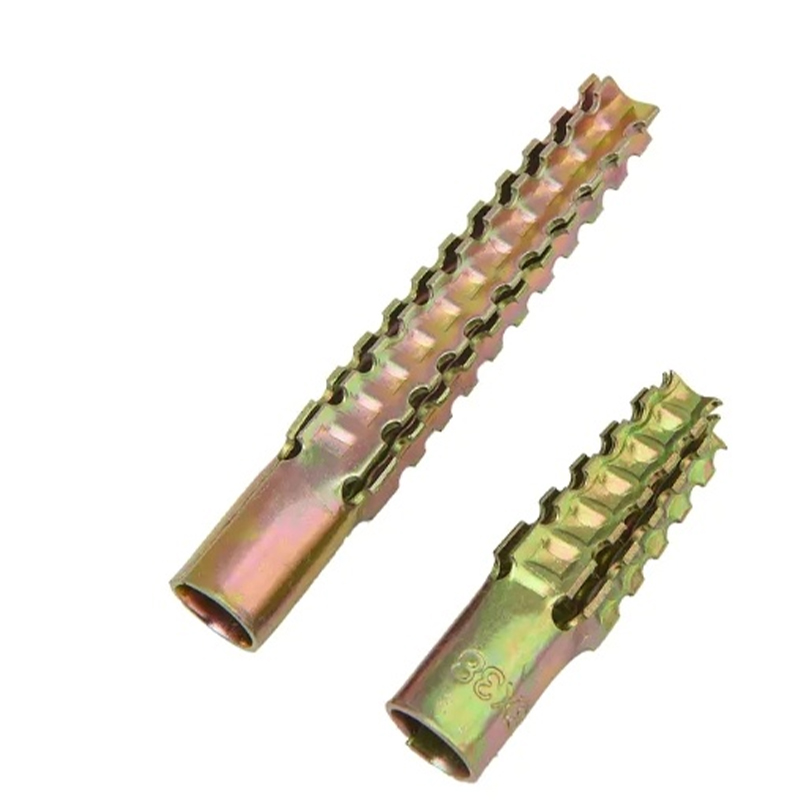
Please enter your email address and we will reply to your email.